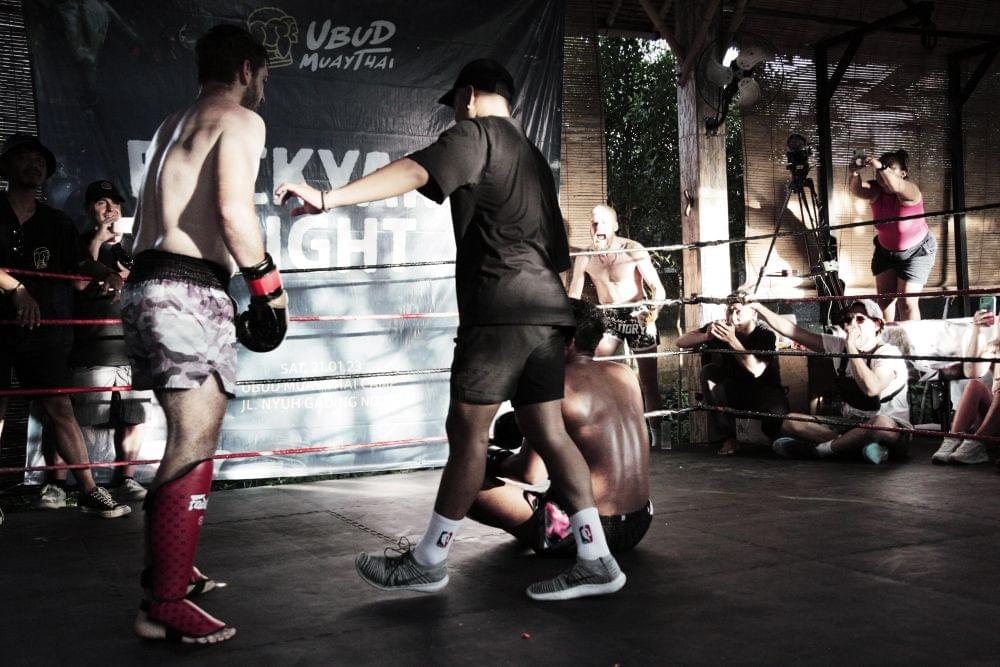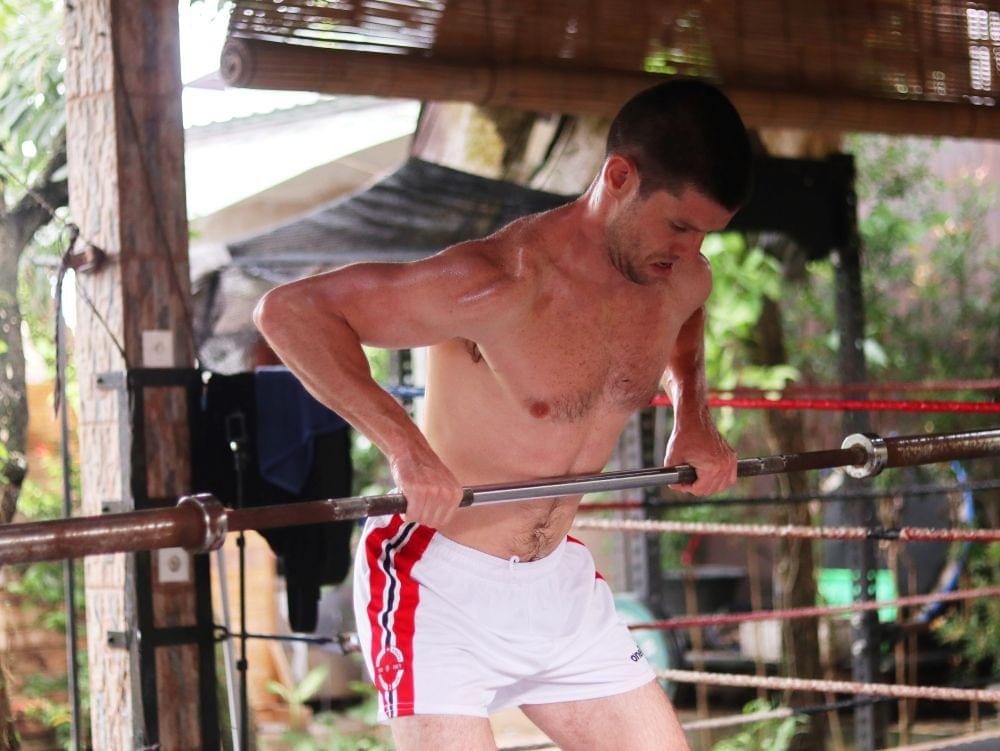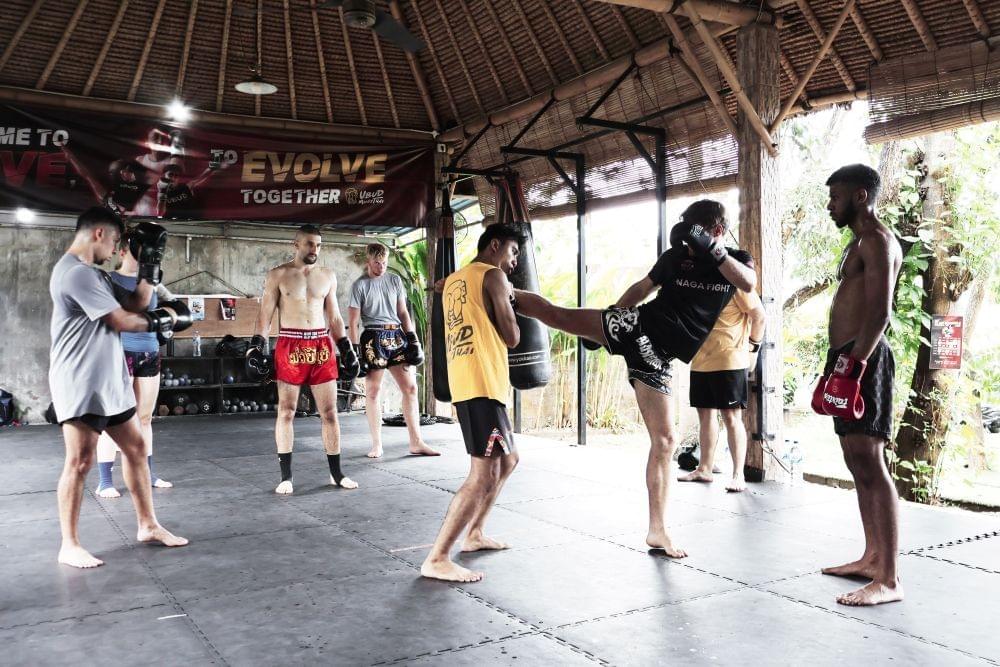Every fighter dreams of it, that one clean shot that ends a fight instantly. But knockout power isn’t just something you’re born with. It’s something you build. When people search for how to get knockout power, they’re often looking for shortcuts. But the truth is, KO power comes from mastering technique, understanding body mechanics, building functional strength, and developing timing through consistent, focused training.
In this article, we’ll break down what knockout power really is, how to generate it, and which training methods actually improve your ability to deliver fight-ending strikes.
What Knockout Power Really Is
Knockout power isn’t just about punching or kicking hard. It’s about delivering force efficiently, with speed, precision, and perfect timing. Fighters with true KO power don’t need to swing wildly or rely on brute strength. Instead, they use mechanics, leverage, and body alignment to transfer maximum force into the smallest point.
When you understand how to get knockout power, you begin to see that it’s a blend of several elements: proper weight transfer, muscle coordination, explosive intent, and striking placement. A technically sound, well-timed strike has far more stopping power than a wild, heavy shot thrown without control.
The Key Body Mechanics Behind a Powerful Strike

The foundation of KO power lies in body mechanics. A powerful strike doesn’t start with your fist or foot; it starts with your feet. It’s a full-body motion that begins from the ground up. The moment you push off the floor, force travels through your hips, core, shoulders, and finally into your striking limb.
Rotation is key. In punches, turning your hips and shoulders properly while keeping a stable base allows you to unleash full-body torque. For kicks, generating power from the hips and swinging through the target (not just to it) maximizes force. Core stability ensures the energy doesn’t “leak” on the way. Even your posture matters; leaning too far forward or backward takes away from your ability to land with impact.
The smoother and more connected your kinetic chain is, the harder you can hit without relying on excess effort. It’s not about trying harder, it’s about moving better.
Strength Training to Improve Striking Power
Raw strength doesn’t automatically translate to knockout power, but without it, your strikes lack the structure and explosiveness needed to do serious damage. Smart, functional strength training helps your body become more efficient at transferring force from the ground to the target.
Below are the key strength areas that contribute directly to fight-ending strikes, with clear steps on how to train them.
1. Lower Body & Hip Explosiveness

The legs and hips are the true engines behind every powerful strike. Punches and kicks don’t start at the arm or shin; they begin with a push from the floor. Strong, explosive legs allow you to drive force through your hips and core, launching strikes with more intensity and control. Without this foundation, your upper body power has nothing to build on.
How to do it:
- Perform barbell squats to build raw leg strength, focus on full range of motion and good form.
- Add kettlebell swings to train explosive hip extension, which mimics the movement in strikes.
- Incorporate jump squats and box jumps 2–3 times per week to develop fast-twitch muscle fibers.
- Use lunges and Bulgarian split squats for unilateral strength and balance, essential for powerful kicks and punches off both legs.
2. Core Strength & Rotational Power
A strong core is the connector between your lower body drive and upper body strike. It's responsible for rotation, balance, and keeping your posture stable under pressure. Without rotational power, your punch or kick becomes disconnected, wasting energy and reducing force. A solid core allows for efficient torque and clean transfer of energy in every strike.
How to do it:
- Practice medicine ball rotational throws against a wall to simulate punch and kick torque.
- Use Russian twists with weight to train oblique engagement and rotational endurance.
- Incorporate Pallof presses and cable woodchoppers to strengthen anti-rotation control.
- Add planks with reach or movement to increase core stability under dynamic motion.
3. Upper Body Speed & Power Transfer
While the lower body creates force and the core transfers it, the upper body delivers it. Punches and elbow strikes rely on shoulder speed, snap, and control—not just size. Strength training here should focus on developing speed-strength: the ability to accelerate load through short, sharp movements that mimic striking dynamics.
How to do it:
- Do push presses with a barbell or dumbbells to train explosive shoulder and triceps engagement.
- Use band-resisted shadowboxing or punching drills to improve speed and follow-through.
- Add clapping push-ups and medicine ball chest passes for explosive pressing power.
- Finish with pull-ups or rows to strengthen your back and create balance in the shoulder girdle.
4. Plyometric & Ballistic Conditioning
Plyometric training activates your nervous system, teaching your muscles to contract and fire more explosively. This type of training is essential for converting strength into speed—especially for KO-level power that needs to land in a fraction of a second. It also improves coordination, footwork responsiveness, and strike timing.
How to do it:
- Use depth jumps and broad jumps to build reaction-based lower body explosion.
- Do medicine ball slams and rotational throws with maximum intent and speed.
- Include plyo push-ups or alternating explosive drills (like squat to sprint) in circuits.
- Keep reps low and explosive, with full rest between sets to maximize power output.
Drills to Practice Knockout Timing and Accuracy

Raw power means nothing if you can’t land the strike at the right time. Many knockouts happen not because the punch was the hardest thrown, but because it landed at the perfect moment, when the opponent wasn’t expecting it or was off-balance. This is where drills focused on timing and accuracy become essential.
- Focus mitt counters: Work with a partner or coach on reactive pad drills that simulate openings. Practice slipping or parrying and returning with a sharp, precise shot.
- Double-end bag work: This improves hand-eye coordination and teaches you to time your strikes as the bag moves unpredictably, just like a real opponent’s head.
- One-shot precision drills: Rather than throwing combinations, practice landing a single clean strike (jab, cross, hook, or kick) with full intent and accuracy. This builds mental discipline and sharpens your finishing instincts.
- Sparring for timing: Light technical sparring focused on creating openings is far more useful than trying to swing for the fences. The goal is to read your partner, find the right moment, and land sharp counters.
Ready to turn your power into a real fight-ending weapon? Come train with us in Ubud, Bali, and let’s build KO power the right way.

